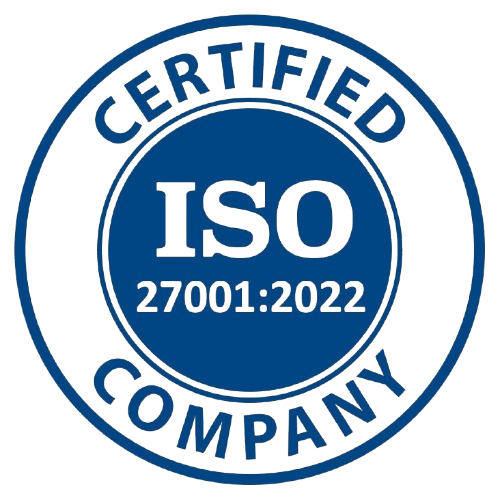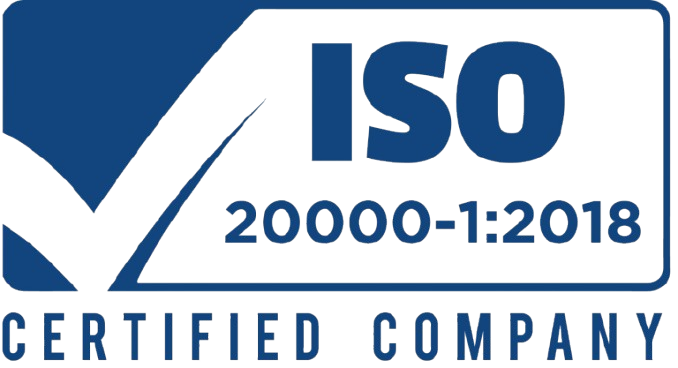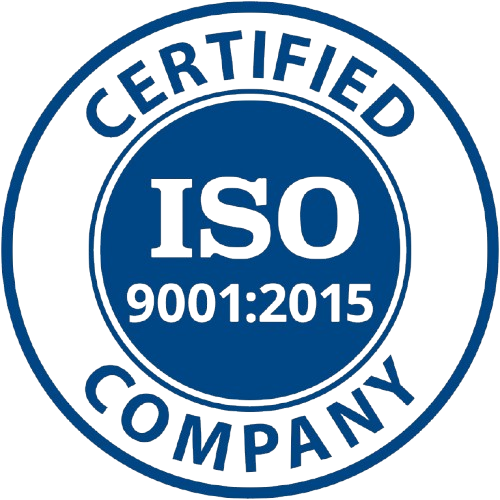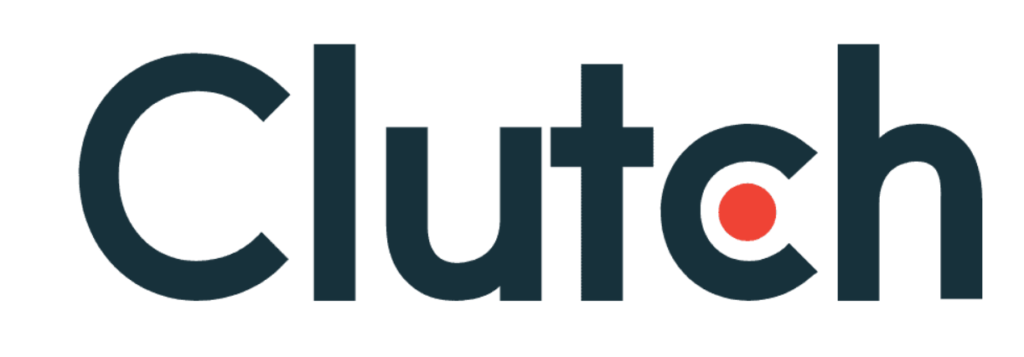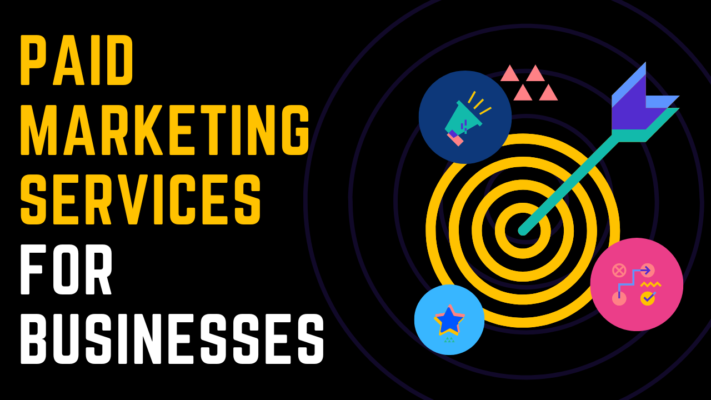
Businesses must quickly adjust to shifting consumer habits and technological advancements in today’s digital-first environment. Paid marketing services are among the best methods for increasing visibility, generating traffic, and converting leads.
Investing in sponsored techniques like PPC Ads and Search Engine Marketing can yield quantifiable and noteworthy outcomes, regardless of whether you’re an established company trying to hold onto your market position or a startup hoping to grow quickly.
This article explores what paid marketing services entail, the benefits they offer, how they differ from organic strategies, and why your business should consider them in 2025 and beyond.
What Are Paid Marketing Services?
Paid marketing services refer to any digital advertising strategy where businesses pay to display their promotional content to a targeted audience. Unlike organic strategies that rely on long-term content development and SEO, paid marketing provides instant visibility through sponsored placements.
Common types of paid marketing services include:
- PPC Ads (Pay-Per-Click): Advertisers pay a fee each time their ad is clicked. Popular platforms include Google Ads, Bing Ads, and YouTube Ads.
- Social Media Advertising: Paid promotions on platforms like Facebook, Instagram, LinkedIn, Twitter, and TikTok.
- Display Advertising: Banner ads on websites across Google’s Display Network or third-party ad networks.
- Search Engine Marketing (SEM): A subset of PPC focused specifically on advertising in search engine results.
- Influencer Marketing: Paying influencers to promote your brand to their followers.
- Affiliate Marketing: Rewarding affiliates for bringing in customers through their own marketing efforts.
Paid marketing gives you full control over budget, audience targeting, messaging, and timing, allowing for highly tailored campaigns.
Benefits of Paid Marketing Services
Here are the top reasons why businesses leverage paid marketing:
Instant Visibility
Unlike organic methods, which take time to gain traction, paid marketing offers immediate exposure. A well-optimized Google Ads campaign can start bringing traffic to your site the same day it’s launched.
Targeted Reach
Platforms like Facebook Ads and Google Ads allow detailed audience segmentation based on demographics, location, interests, behavior, and even device usage.
Scalable Results
You can start small and scale up as you see results. Whether you want 100 clicks or 100,000 impressions, paid campaigns can grow with your business.
Full Budget Control
Set daily, monthly, or campaign-specific budgets. You decide how much you’re willing to spend per click or impression.
Data-Driven Insights
Paid platforms provide detailed analytics on ad performance, cost per click, conversion rates, and more. This enables continuous optimization.
Enhanced Brand Recognition
Repeated exposure to your ads across search engines, social media, and websites builds brand awareness over time.
Paid vs Organic Marketing
| Feature | Paid Marketing | Organic Marketing |
|---|---|---|
| Speed | Instant Results | Long-Term Growth |
| Cost | Budget-Based | Time Investment |
| ROI Tracking | Easy & Accurate | More Complex |
| Sustainability | Requires Ongoing Spend | Cumulative Effect |
| Trust Factor | Perceived as Less Trustworthy | Higher Trust with Content |
A balanced digital strategy often involves both paid and organic efforts, ensuring both short-term gains and long-term authority.
Key Paid Marketing Channels Explained
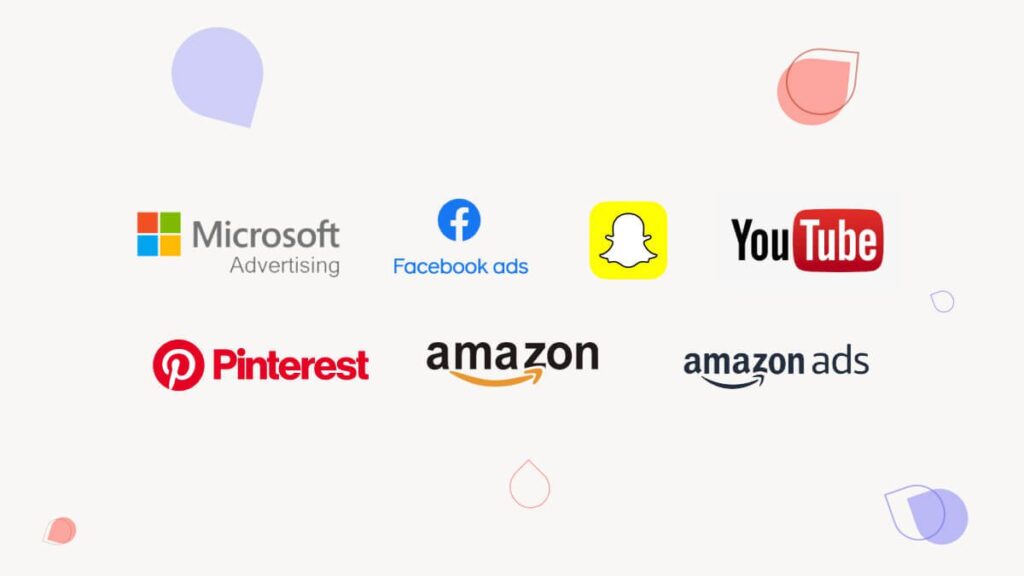
Google Ads (PPC Ads)
Google Ads allows you to display text-based search results or visual display ads across the web. You bid on keywords relevant to your business, ensuring that your site appears when users search those terms.
Advantages:
- High intent traffic
- Control over keyword targeting
- Excellent analytics and ROI tracking
Facebook & Instagram Ads
These platforms offer powerful demographic and interest-based targeting. Ideal for B2C brands and visual products.
Advantages:
- Precise audience targeting
- Great for engagement and brand awareness
- Multiple ad formats (carousel, video, stories)
LinkedIn Ads
Tailored for B2B audiences, LinkedIn ads allow targeting by industry, job title, company size, etc.
Advantages:
- Professional audience
- High lead quality
- Effective for service-based industries
YouTube Ads
With billions of users, YouTube is ideal for brands leveraging video content.
Advantages:
- Engaging visual format
- Target by behavior, interest, and video topics
- Skippable and non-skippable options
Search Engine Marketing (SEM)
While SEM overlaps with PPC, it specifically refers to paid ads on search engines like Google and Bing. These ads appear at the top of search results and are marked as “sponsored.”
Advantages:
- High intent audience
- Immediate results
- Easy to test and optimize
Why Your Business Needs Paid Marketing Services in 2025
The digital landscape is more competitive than ever. Here are five reasons why paid marketing services should be a top priority:
Changing Algorithms
Social media and search engine algorithms constantly change, making organic reach unreliable. Paid ads guarantee visibility regardless of algorithm shifts.
Faster Results
SEO and content marketing are powerful but slow. Paid marketing gives you the ability to test, iterate, and scale quickly.
Better Targeting & Personalization
With access to detailed consumer data, paid platforms let you serve ads that are hyper-relevant to specific user segments.
Competitive Advantage
Your competitors are likely investing in paid marketing. Ignoring it means losing out on market share.
Adaptability Across Channels
From Google to TikTok, paid marketing adapts to wherever your audience spends time online.
Common Myths About Paid Marketing Services
Myth 1: It’s Too Expensive
Reality: Paid marketing can fit any budget. Small businesses can start with as little as $5/day.
Myth 2: It Doesn’t Work for My Industry
Reality: Every industry can benefit from strategic paid placements, from eCommerce to local services.
Myth 3: You Need to Be an Expert
Reality: Many platforms offer automation, and you can always hire experienced digital marketing services providers.
Choosing the Right Paid Marketing Partner
If you’re not ready to manage campaigns yourself, consider partnering with a digital marketing agency. Here’s what to look for:
- Proven track record and case studies
- Clear pricing structure
- Google or Meta certifications
- Transparent reporting and communication
- Strategic focus, not just execution
FAQs About Paid Marketing Services
What’s the difference between PPC and SEM?
Ans: PPC (Pay-Per-Click) is a pricing model, while SEM (Search Engine Marketing) refers specifically to paid ads on search engines.
Are paid marketing services better than SEO?
Ans: They serve different goals. Paid marketing delivers fast results, while SEO builds long-term visibility and trust.
How much should I spend on paid marketing?
Ans: Start with a test budget (e.g., $500-$1000/month) and scale based on performance and ROI.
Can I run paid ads without a website?
Ans: While possible (e.g., Facebook lead ads), having a dedicated landing page significantly boosts effectiveness.
How quickly can I see results?
Ans: Some platforms like Google Ads can start driving traffic within hours of activation.
Final Thoughts
Paid marketing services are no longer optional they’re essential. With more competition, changing algorithms, and an ever-increasing demand for personalized experiences, your business needs the speed, precision, and control that only paid marketing can offer.
Whether you’re launching your first campaign or scaling an existing one, focus on strategies that combine data, creativity, and user intent. And when in doubt, consult a trusted digital marketing partner to help you get the most from your investment.
Invest smartly, measure relentlessly, and watch your business grow with Paid Marketing Services.
